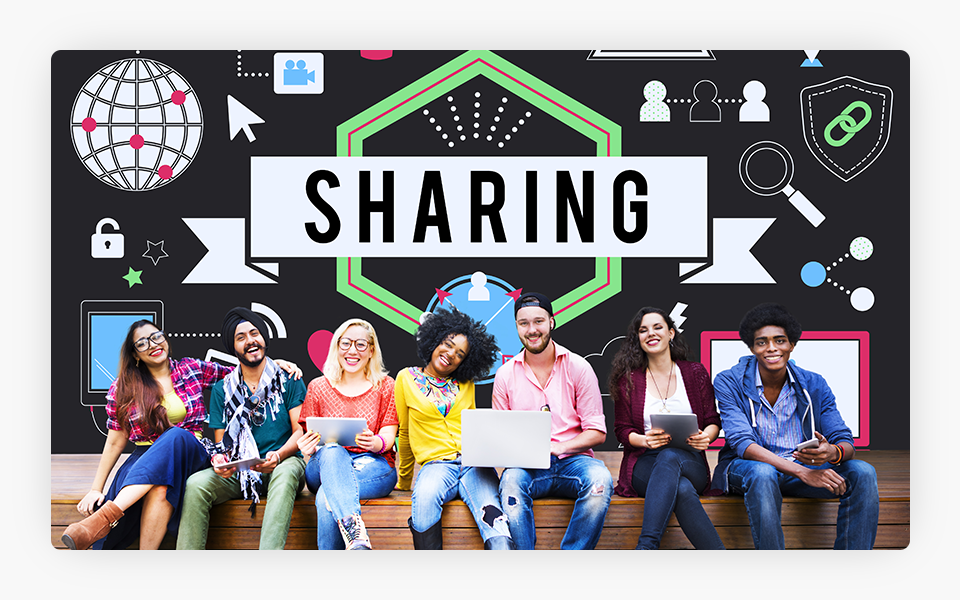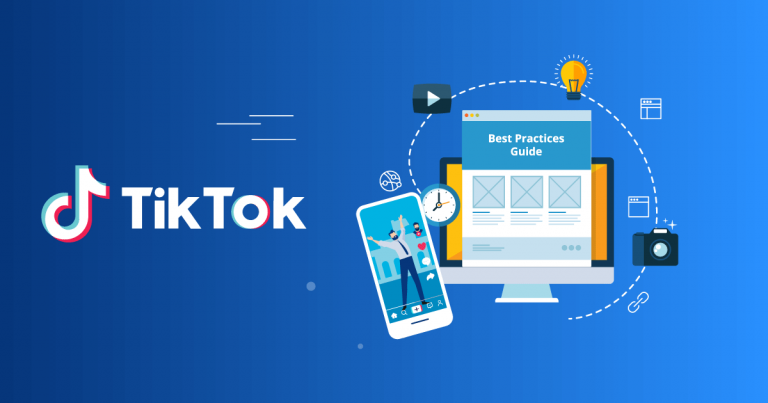We can’t send you updates from Justia Onward without your email.
Unsubscribe at any time.
Social media had a year of incredible growth despite various controversies. From TikTok to Facebook to LinkedIn, all the big companies developed new features and found ways to encourage commerce across their platforms.
Social media goes through changes every year, and 2020 was no exception. This year, newer platforms like TikTok gained popularity, older platforms like Facebook and Twitter dealt with misinformation issues and other controversies, and many platforms developed new features for marketing and commerce.
Over 4 Billion People Using Social Media in 2020. As of October 2020, 4.14 billion people were using social media. This number equates to about 53 percent of the planet’s total population. People around the world spend more than 10 billion hours using social media platforms each day. Facebook remains the world’s most widely used social platform, but there are now six social media platforms that each claim more than one billion monthly active users (four of these six platforms are owned by Facebook).
Politics & Social Media. Facebook, Twitter, and YouTube all dealt with the spread of misinformation online this year, particularly surrounding the coronavirus pandemic and the 2020 presidential election. Facebook dealt with some of the election misinformation issues initially by banning political ads for the week prior to the election, and then continuing after the election as President Trump disputed the results. Twitter had banned political ads permanently in 2019.
Post-election, both Facebook and Twitter placed labels on misleading posts and tweets (many from President Trump himself) about voting and election results. Democrats questioned whether enough steps were taken to flag claims of election fraud, while Republicans questioned whether the platforms should have taken any action at all.
Social Media Adds New Features. Despite these controversies, social media platforms continued to flourish, and they continued to capitalize off this growth through various new features. Facebook, for example, announced the launch of Shops, a way for businesses to set up free storefronts on Facebook and Instagram. Later in the year, Facebook also added Carts to WhatsApp messaging, presumably to attract merchants and encourage its huge user base to shop. And LinkedIn has now added a new Products tab for company pages, where businesses can showcase their public offerings and highlight key features.
Facebook and LinkedIn’s Shops, Carts, and Products are just some of the ways in which platforms took advantage of social media growth in 2020. While this year presented social media companies with great challenges, they still managed to develop new methods for promoting commerce on their platforms.
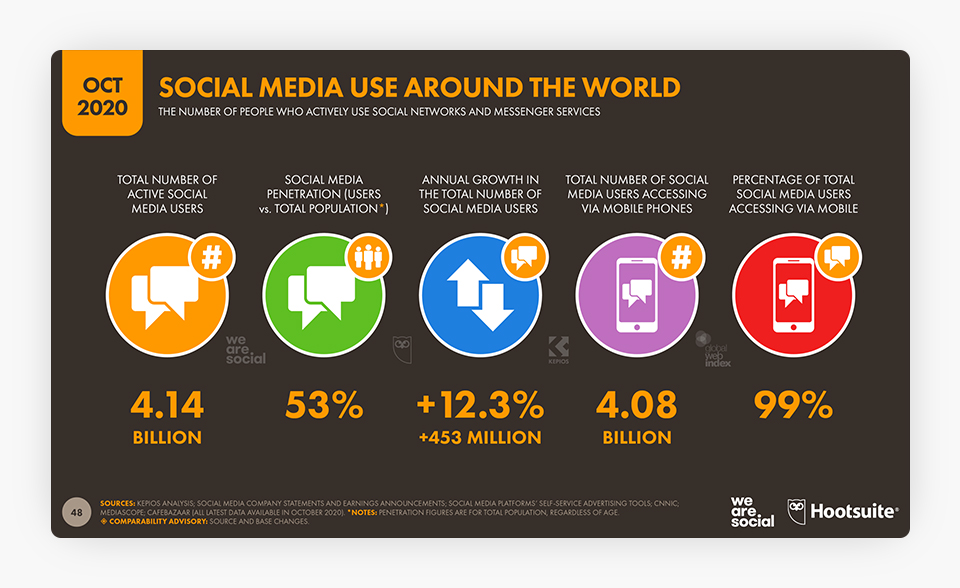
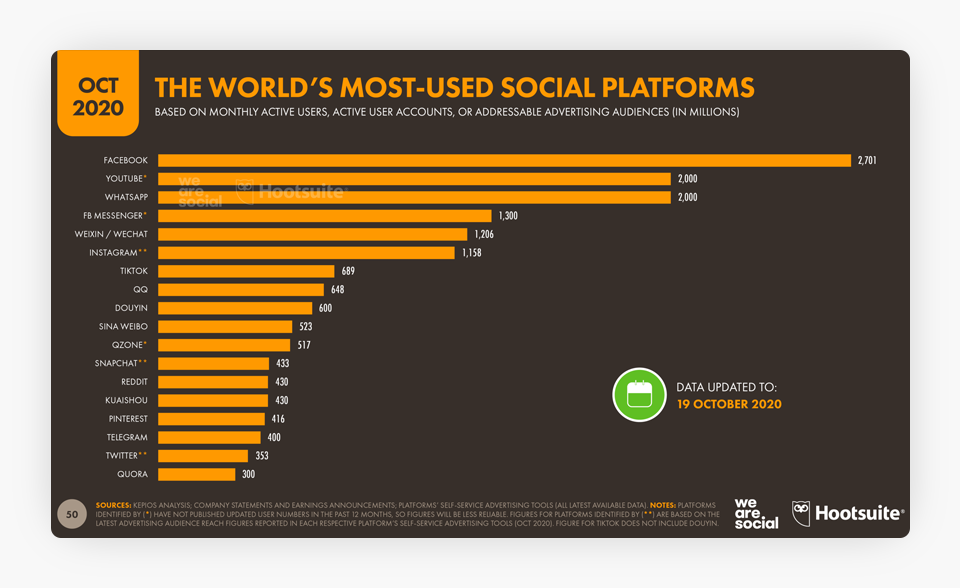
Source: https://datareportal.com/social-media-users
2020 Social Media Top 10 Trends
1. Video Content
Whether it is short-form videos (like those popular on TikTok, Instagram Reels (formerly Lasso) or Snap, Facebook, Instagram, and YouTube Stories) or longer videos (Facebook, IGTV, or YouTube), video is currently having an incredible reach and engagement across all social media platforms.
Brands are embracing the trend, since videos are helping to reach customers and potential customers. This reach often turns into more traffic and sales. Video content strategies used for marketing can include product promos, discussions of trending news, fan contributions, testimonials, reviews, expert interviews, and educational or how-to videos, among others. These strategies have revolutionized how to convert sales prospects and also how to connect with customers.
Facebook videos and Instagram videos both earn high engagement on their respective platforms. Instagram videos garner more engagement than photos. With features like IGTV and Instagram Live, brands and influencers can keep their loyal audience engaged while simultaneously attracting new followers. Depending on where its audience spends their time, a brand may want to focus on a specific platform. YouTube, Twitter, Facebook, IGTV, Instagram, Twitch, TikTok, and Snapchat are all great platforms for video content, and in many cases, brands can publish video content across more than just one.
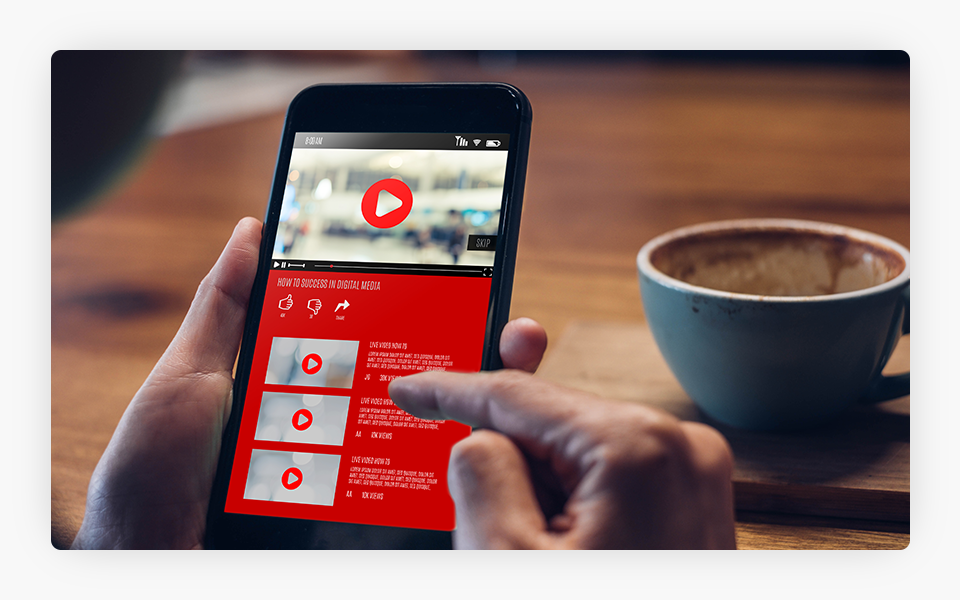
2. Live Streaming Video
Live streaming video has become increasingly popular in recent years. The major social media networks have all enabled anyone to broadcast videos to the world. Consumers use live video streaming apps to interact with friends, family, and followers, and businesses are able to expand their reach to remote viewers more than ever before. Live video is one of the best ways to establish a personal connection through social media.
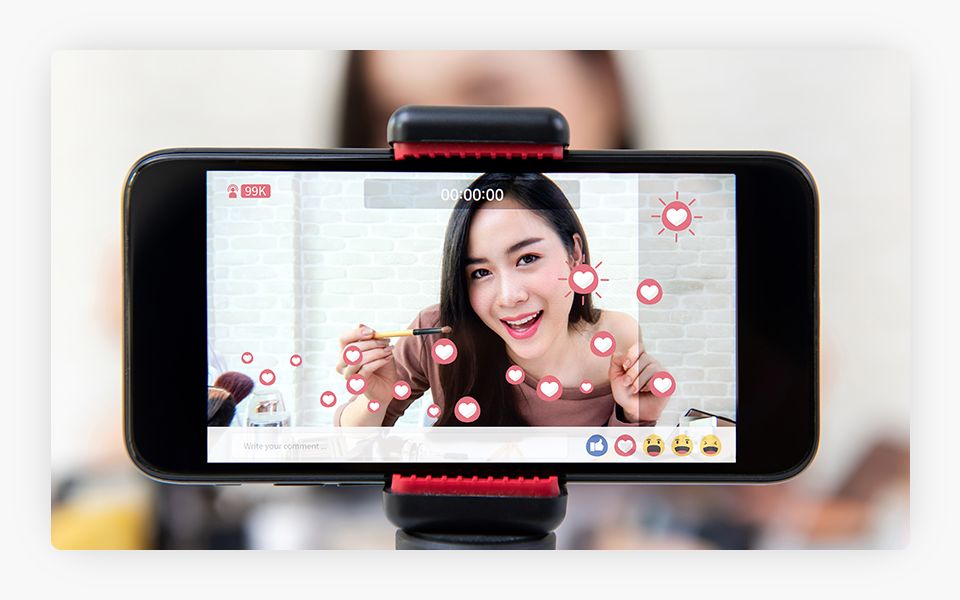
3. Short-Lived Content
Short-lived content, or ephemeral content that disappears after a certain amount of time, is set to continue to rise over the next few years. Facebook, Instagram, and Snapchat Stories are perfect examples of this type of content. This content works well because platforms have set these Stories to autoplay one after another, with scrolling to skip less interesting videos. Stories are typically collections of images and short videos, with optional overlays and effects. Although users can add to Stories over time, most disappear after 24 hours. While there are various kinds of short-lived content, the immersive and interactive nature of Stories has made them incredibly popular.
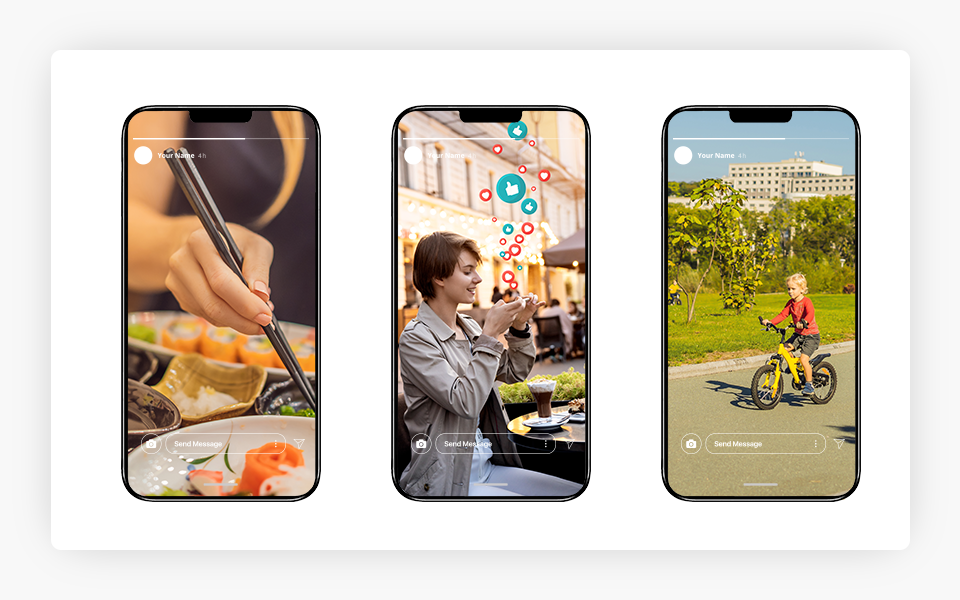
4. Influencer Marketing
Influencer marketing is when businesses, products, and brands leverage the reach of an existing influencer who has already built a large following and reputation. The influencer can use their reach to help endorse products and brands or co-create content. Businesses often use influencer marketing to increase brand awareness and drive sales. The best influencers are in tune with the needs of their audience, and ideally this audience will look to them when they are making purchase decisions. Around 40% of people reported that they purchased a product online after seeing it used by an influencer on YouTube, Instagram, or Twitter. While influencer marketing did not begin in 2020, it certainly grew this year and will continue to grow.

5. Social Ads
Social advertising is a way of providing digital advertising to a brand’s target audience via social media platforms like Facebook, Instagram, Twitter, LinkedIn, and Pinterest. Social media platforms with billions of monthly users are great places to advertise. Features for advertising on these platforms make it easy to create and run ad campaigns, including several advanced targeting options so that ads are shown to the most relevant audiences. When using social media advertising, businesses should also consider the best platform for their target audience. For example, while the best place for targeting teens could be TikTok, moms are more likely to use Facebook. It’s always a good idea for businesses to know about the latest platforms that are gaining popularity. While TikTok will likely reach more than one billion users in 2021, older and larger platforms like Facebook, Instagram, and YouTube are still valuable for reaching business and marketing goals.
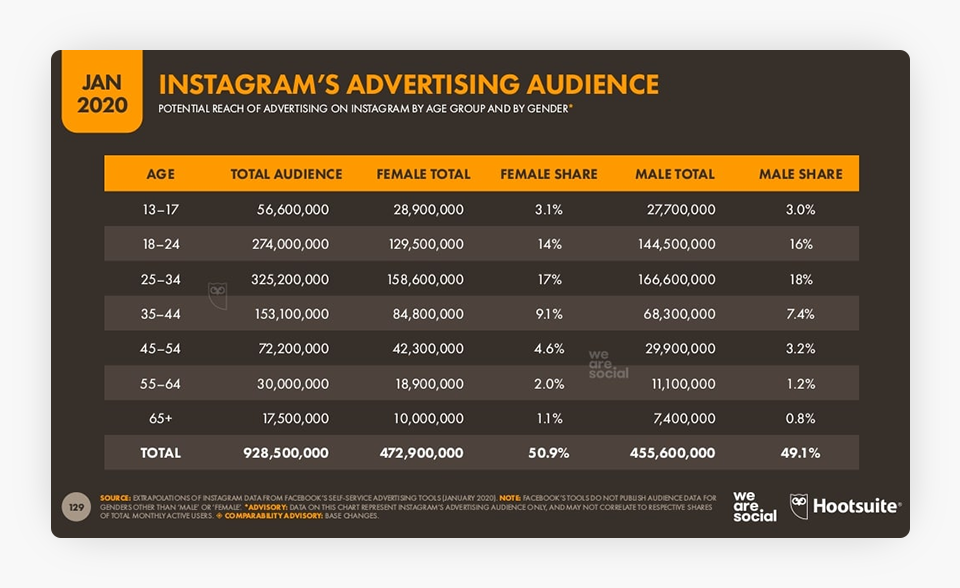

Source: https://blog.hootsuite.com/social-media-advertising/
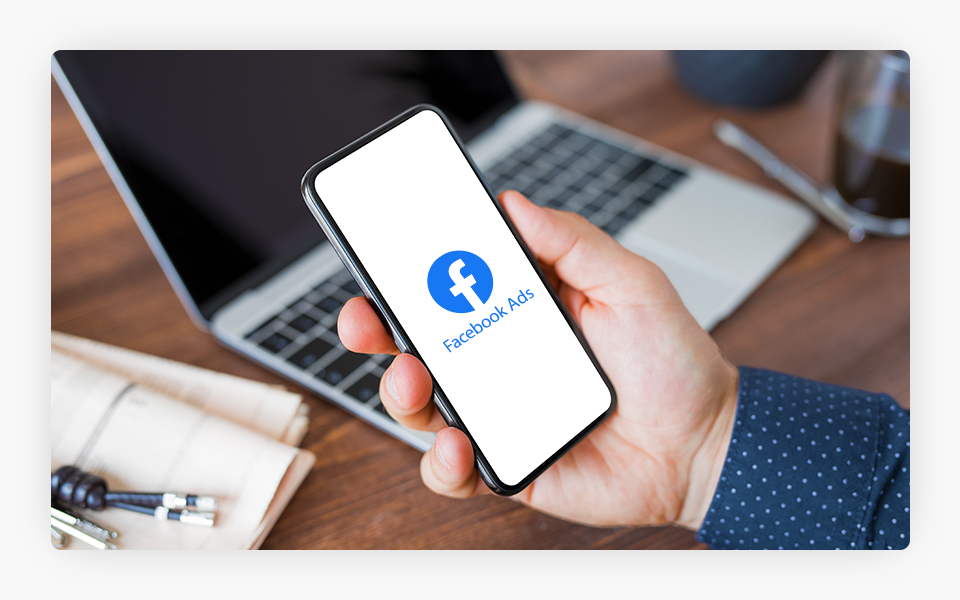
6. Social Commerce
A subset of e-commerce, social commerce combines the social media experience with shopping on the internet. In 2020, the trend of social commerce continued to grow. Generation Z (born 1997-2012) spends 2-3 times more money shopping while on social media than Generation X (born 1965-1980). As Generation Z ages, their age group will become even more critical to businesses utilizing social commerce. Facebook and LinkedIn’s Shops, Carts, and Products are just some of the features used for encouraging shopping while on social media. Instagram even allows business accounts to tag products with shoppable links (known as the “Shop Now” buttons or Instagram shopping). New features that make it easier to shop while engaging on social media will continue to be introduced in 2021 and beyond.

7. Social Media for Customer Service
Social Media has become a retail platform, a product discovery platform, and even a customer service channel. Brands started noticing that many of their customers were trying to reach out to them on social media. This may have been due to a lack of response through other channels or the fact that it is a more direct way to reach the brands. Customers now share their inquiries, reviews, and complaints on social media, and they expect responses within 60 minutes or less. If brands are responsive and helpful, having this new channel for customer service can have a positive impact on their business.
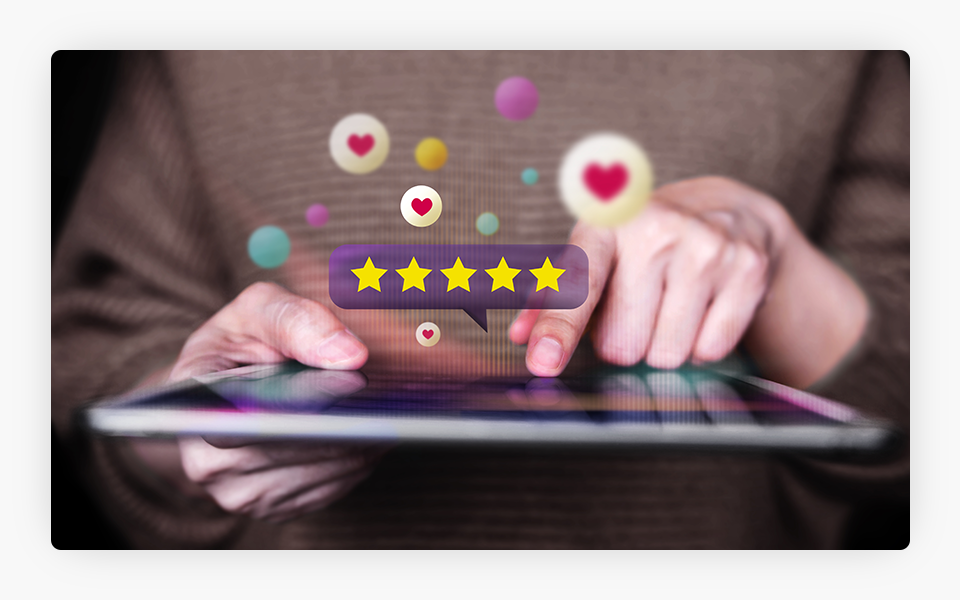
8. Messaging Apps
Consumers are starting to prefer to communicate with businesses using social media messenger apps over other communication channels. This is why messaging, via short message service (SMS) or instant message service (IM), has become a channel that many customer service teams are beginning to adopt.
Messaging customer support connects businesses and customers on a more personal level, and texting is much faster and more accurate than phone or email. Some popular mobile and social media messenger apps are Facebook Messenger, Whatsapp, Instagram Direct, Twitter Direct Message, WeChat, LINE, Telegram, and Skype. Currently, more than 175 million people every day message using a WhatsApp Business account. Over the past year, the WhatsApp messaging app has also made shopping within the app much easier than ever before.

9. Reevaluating Metrics
Marketers look at a variety of metrics to determine what’s working (and what isn’t working) on social media. Businesses have learned that long-term engagement means more than a short-term spike in Likes. They have started to focus more on the data that really matter—in other words, the numbers that prove that business efforts have had a positive impact on the bottom line. The data gleaned from monitoring engagement, growth, and conversations have been shown to be valuable, and social media platforms continue to develop tools for tracking this data.

10. More Regulatory Control
As discussed earlier in this post, Facebook, Twitter, and YouTube all dealt with the spread of misinformation online this year, particularly surrounding the coronavirus pandemic and the 2020 presidential election. Recent initiatives, such as WhatsApp’s move to limit the number of forwards, Facebook’s implementation of its “Dangerous Individuals and Organizations” policy, and Facebook’s epic account of the struggle against fake news, demonstrate an earnest intent to protect users.
Social media giants have claimed many times that they are taking COVID-related misinformation seriously. Facebook and Twitter have used fact-checking services to label or, in extreme cases, even hide false claims. Most of the social media platforms have also had to combat misinformation concerning the presidential election, while apps like Parler have benefitted from not joining this effort. In fact, Parler has had millions of new account signups since the election.
Copyright infringement and privacy concerns were also hot issues for social media in 2020. Twitch, for example, sent emails to thousands of streamers to inform them when a complaint had been filed against their channels for hosting videos with copyrighted music. Videos were then deleted. Privacy concerns stemming from the implications of the GDPR crept in as well. It became more important for businesses and marketers to build trust among customers when it comes to their data privacy and security.

5 Social Media Trends We Expect to See in 2021
2020’s major social media trends, such as ephemeral content, video, social commerce, messaging, and social ads, gained traction this year and will continue to evolve. Below are some trends that we expect to see in 2021.
1. Short-Form Video
Short-form video has been getting more engagement across all major social platforms, led by TikTok. Businesses like MAC Cosmetics and organizations like the NBA have shared content on TikTok to make their brands more accessible and give customers a glimpse behind the scenes. While TikTok started the trend, Facebook first tried an app called Lasso, which failed, and then moved the functionality to Instagram, which recently launched Reels. Meanwhile, YouTube has introduced Shorts. Even Snapchat launched a new feature called Spotlight to compete with TikTok. In 2021, we would expect all of these platforms to continue to develop features for short-form videos.
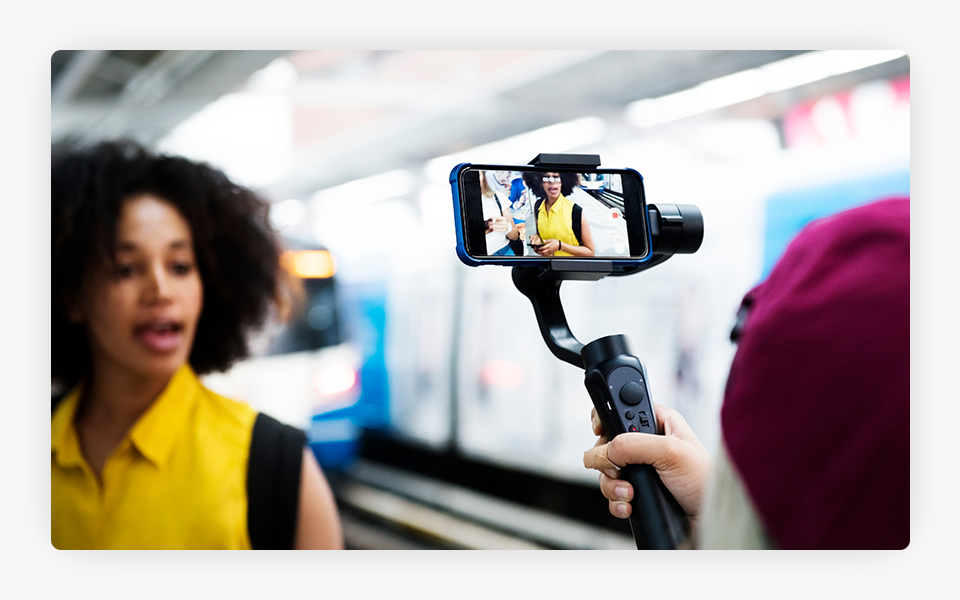
2. Augmented Reality
Augmented reality can enhance what people experience by adding digital elements and changing how things look. Although heavily popularized by Snapchat, Facebook, and Instagram, it will likely be adopted by other social media platforms in the coming years. AR filters have become so popular that Instagram now allows anyone – brands, businesses, influencers, and even users – to create their own filters for others to use in their Stories. Brands can also leverage augmented reality to provide better shopping experiences to their customers.
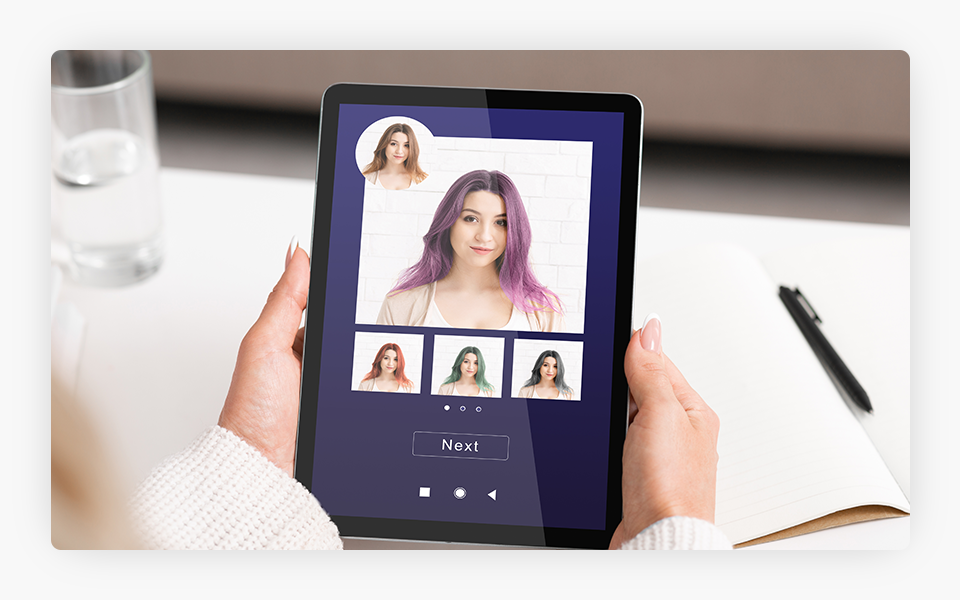
3. Niche Social Media Platforms
Social media groups provide an ideal space for people to unite and interact based on common interests. For businesses, social media groups present a massive opportunity for brands to connect more intimately with their target audience. In the future, niche platforms for social media marketing could prove to be a valuable alternative or at least a supplement to more general marketing on social media. While there are niche groups within the big platforms, sites like Twitch, Wize.life, BlogHer, Meetup, Goodreads, Goodwall, and Nextdoor are also great places to advertise.
4. User-Generated Content (UGC)
Brands can establish stronger connections with their audiences via customer-centric content. Doing so not only builds brand relationships but also encourages a constant stream of content from your followers. The good news for brands is that modern consumers are happy to be told what to post! Not only is UGC free, but also it is often viewed as more authentic than the brand’s own content. Brands like Airbnb, Olay, and Dove already rely on UGC, and it is likely that other brands will start to get on board as we enter 2021.
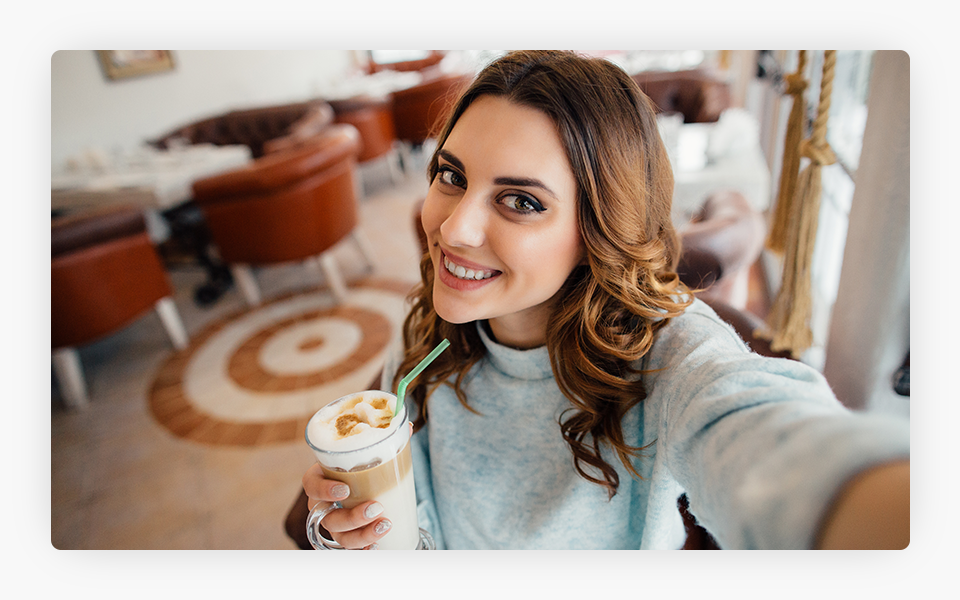
5. Social Content in Two-Way Communication
Social media has opened communication channels for many industries. A two-way conversation is a dialogue in which brands speak and listen to their audiences, responding directly to specific wants and needs. Developing two-way online communication is important for any brand that wants to build their business. This personalized “content” focuses on the initial engagement of the customer, and it also helps to build a close relationship between the business and the customer.
Technology is starting to catch up with the potential for conversational marketing, with more AI-powered solutions and omnichannel conversations with chatbots.

Many of the 2020 social media trends tie in well with the year’s themes of overall growth, problems with misinformation and regulation, and the expansion of social commerce. In 2021, we expect developing features like AR to enhance 2020’s trends and create new ones. We are excited to see what’s in store for 2021 (and beyond) in the world of social media!
